Keep Your Perennial Coneflowers Coming Back Year After Year
Updated: May 03, 2024
Tantalizing perennial coneflowers boast dramatic flowers all summer—here's what you need to know to ensure they overwinter.
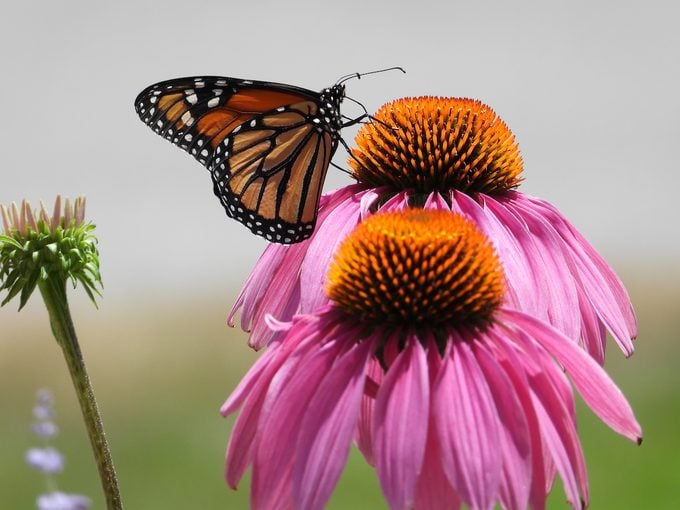
Multicolored superstars of the summer border thanks to their impressive flower power, echinaceas (commonly known as coneflowers) are beloved by gardeners, birds, bees and butterflies. However, their performance has some gardeners asking which ones are the perennial coneflower plants. “Today’s “purple coneflowers” come in a gorgeous array of colors beyond purple, and flower forms from upward-facing to elegantly draping—sharing their signature central cone of spiky seeds.
While coneflowers are classified as perennials, with hardiness ranging from Zones 3 to 9, occasional disappearing acts over the winter can make folks wary of growing them. Happily, some new varieties promise living bouquets to delight birds, pollinators, and home gardeners for years.
Check out the 11 best coneflower plants to grow.
On This Page
Are Coneflowers Perennials or Annuals?
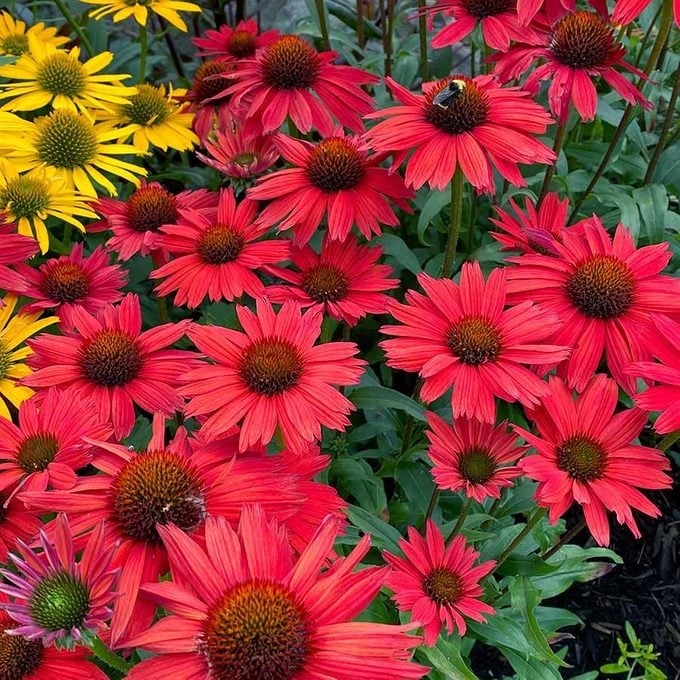
Dan Heims president of Terra Nova Nurseries, says although as a group echinacea are considered to be middle-of-the-pack in terms of longevity, some are more reliable than others. Certain species, like the American prairie wildflower Echinacea purpurea, can persist for many years, but flashier hybrids can be variable. For perennial coneflowers you can count on, you need to consider the breeding as well as the conditions of your plants.
Several factors can play into your echinacea’s ability to return in spring. Hybrids made from certain species, like Echinacea paradoxa are prone to having poor shoot growth in their first year, says Heims, creating a weak crown vulnerable to stresses like poorly drained soil, diseases, or extreme weather. Choosing the right cultivars, planting in good soil and buying the largest, healthiest plants you can find will help.
Happily, recent breeding breakthroughs have seemingly cracked the code for perennial coneflowers. “The most recent hybrids are MUCH BETTER at survival! ” says Heims. Several players in Terra Nova’s KISMET Series, notably KISMET Red and ‘Intense Orange’, aced plant trials with unprecedented 100 percent winter survival rates in Minnesota and Colorado.
Learn how to grow coneflowers from seeds.
When and How Long Do Coneflowers Bloom?
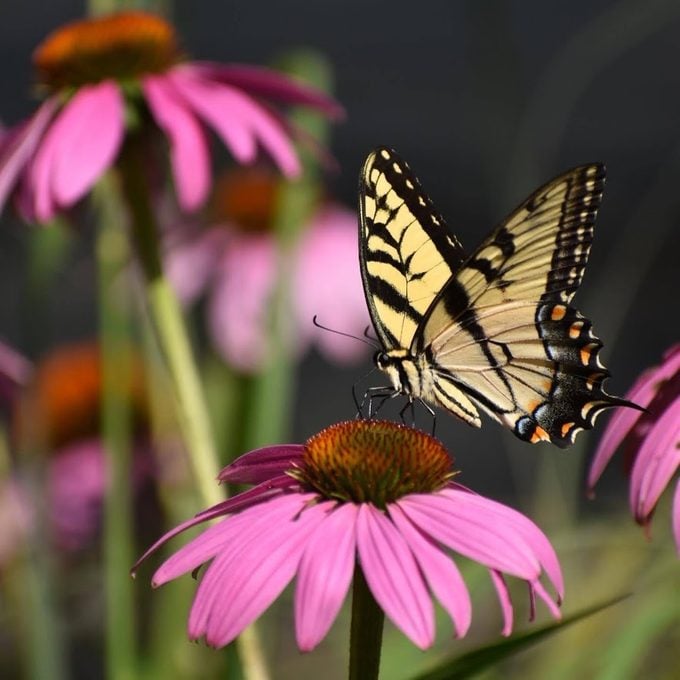
Given loamy soil, consistent watering, and moderate summer weather, coneflowers can bloom from May through September, says Heims, with up to 150 blooms on three-year-old plants. Drought, high heat, and poor soils will impact flowering.
Enjoy these colorful pictures of coneflowers in bloom.
Ideal Perennial Coneflower Growing Conditions

Coneflowers grow best in full sun with at least six hours of direct exposure. Despite their reputation as tough prairie plants, coneflowers need more water than you may think for optimal health. Although they are drought-tolerant once established, they prefer even moisture in well-drained soil—with an average of an inch of water per week.
The optimal soil is “compost-y with good structure,” Heims says. Sandy soil may dry out too quickly and clay soil can be overly wet for them, leading to failure over the winter, says Heims. Echinaceas are not heavy feeders, preferring lean soil to rich. As such, they ask for little in terms of fertilizer. Heims recommends applying a balanced slow-release granular formulation once in spring. His choice is a 16-16-16 ratio of nitrogen-potassium-phosphorus.
Allow ample space between neighboring plants to prevent fungal diseases like aster yellows.
Do Coneflowers Spread?
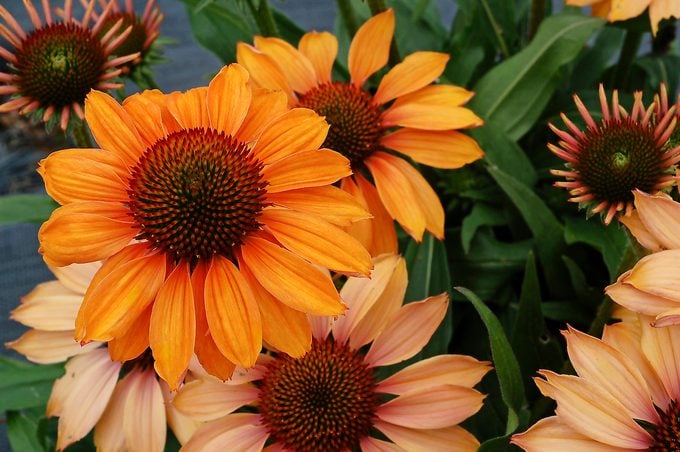
Perennial coneflower plants are well-behaved players in the border. If anything, you may wish they increased faster just to have more of those architectural flowers! Species echinacea may self-sow via seed (with some help from the birds!), but most hybrids such expand by sending up new shoots, widening their crown at a moderate rate.
Award-winning Cheyenne Spirit coneflower dazzles in the garden.
Should You Deadhead Coneflowers?
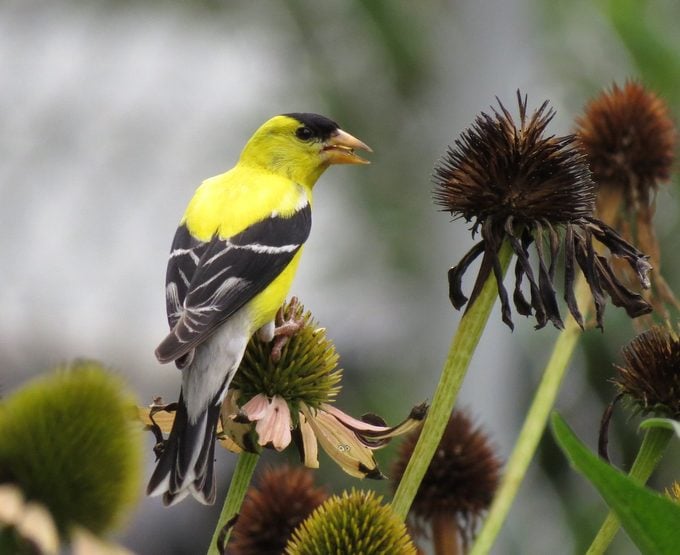
Most hybrids will keep pumping out flowers until cool weather arrives in September, so deadheading is not really necessary. Other than snipping blooms for arrangements, consider leaving your echinaceas blossoms for the pollinators to enjoy. Birds especially favor the seeds, so make sure to spare a few for them at the end of the season.
There is one notable exception, right at the start of the season, which can boost your plant’s vigor, says Heims. “I feel removing the first bud ensures significant rebloom and a fuller plant,” Heims says. This is especially helpful if starting with plants smaller than one gallon in size, he says.
Prairie coneflower thrives in hot, sunny spots.
Dividing/Transplanting Coneflowers
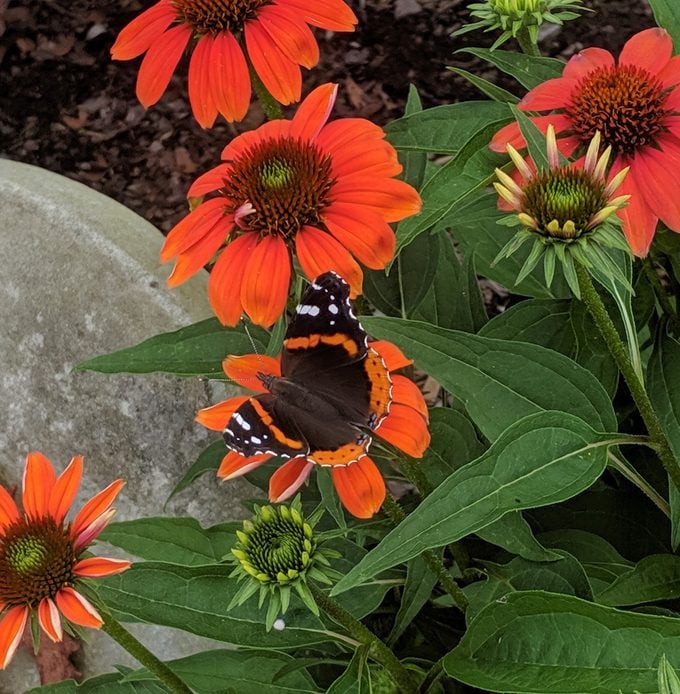
Unless it’s a type that comes true from seed, your best bet to multiply your perennial coneflower collection is by dividing your plants, usually every three to four years. It can also help increase the vigor of older clumps. Heims recommends dividing in early spring as the foliage is emerging. Using a sharp clean spade, divide the crown so that each section has at least one rosette of leaves.
Here’s what you need to know about growing cutleaf coneflower.
Should You Cut Coneflowers Back for Winter?
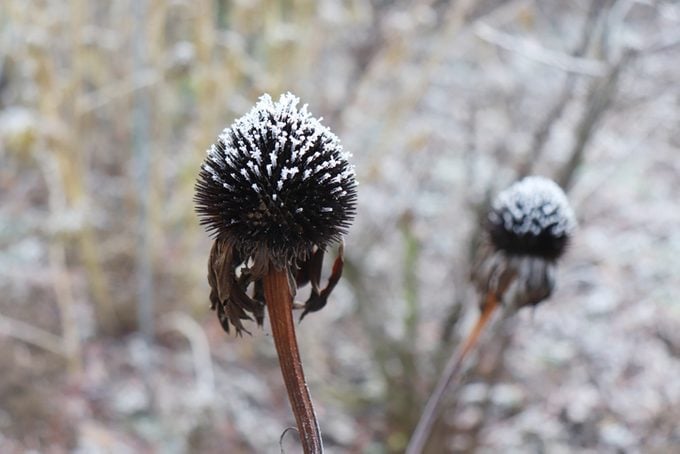
There’s no need to cut back your coneflowers before winter—leaving them alone may even help them grow. From a design perspective, those dark seed cones bring a dramatic note and vertical accent to your garden’s winter picture when so many other perennials have disappeared. Famed Dutch garden designer Piet Oudof, who helped popularize planting with many unsung American perennials, called using spent seedheads and stalks for winter interest the “fifth season”. The seeds also sustain overwintering birds like chickadees, cardinals and goldfinches.
Grow these winter interest plants to add color and beauty to your yard.
Another benefit to this hands-off approach, besides giving you more hammock time in the garden, is that in areas with mild and wet winters, like the Pacific Northwest leaving the stems up helps prevent rotting in overly soggy soils and may help your coneflowers overwinter as perennials.
Keeping these tips in mind, you should be able to enjoy a bountiful supply of coneflowers for many years, without wondering “are my coneflower plants perennial”?
Next learn how to grow black-eyed Susan flowers.




















